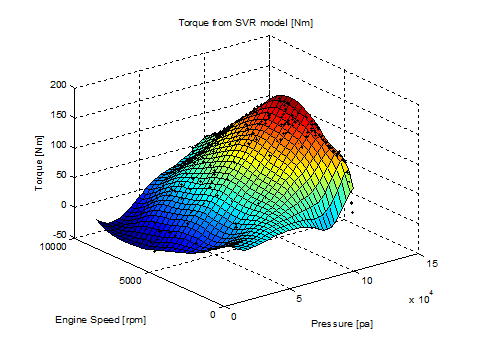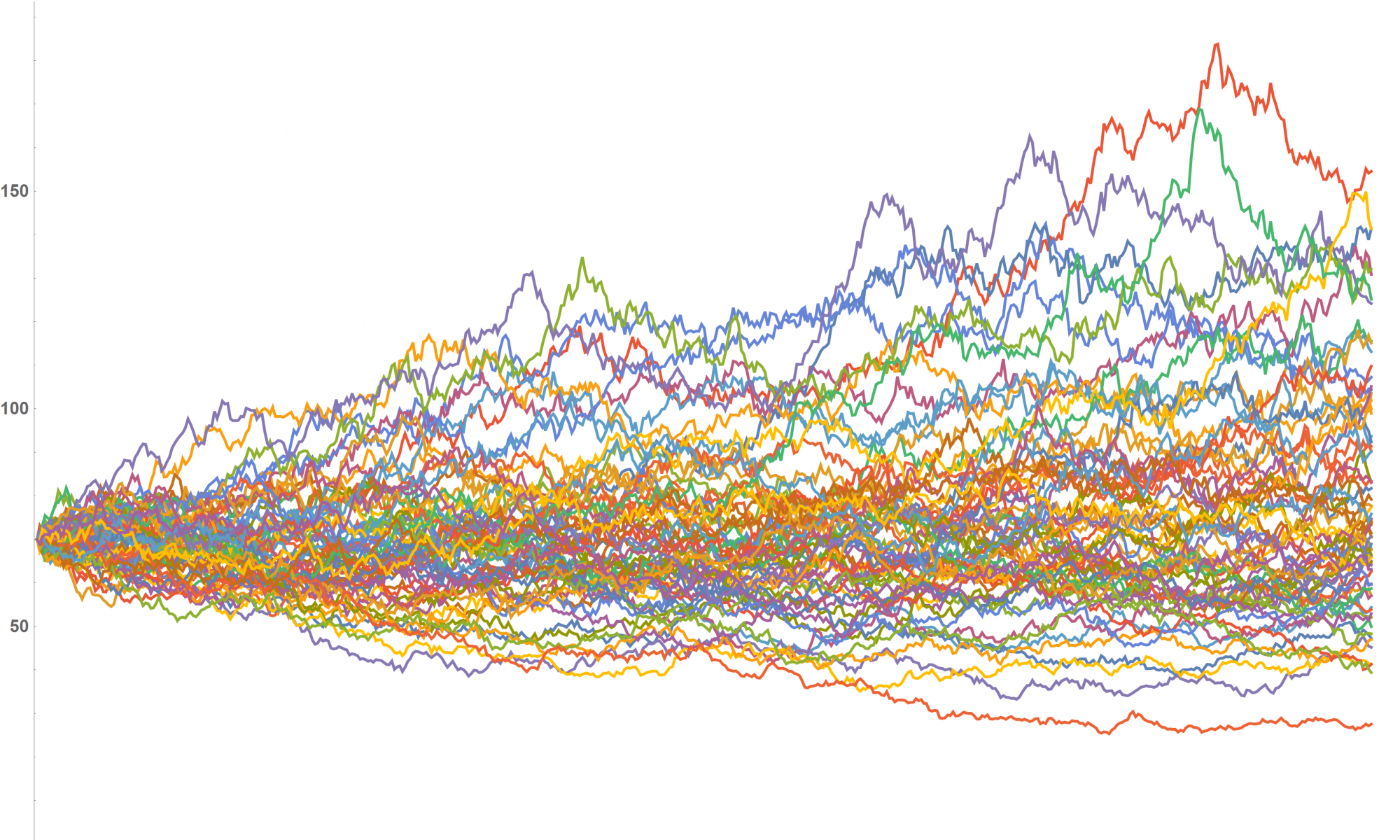Speeding Up Simulation for Automotive Industries
The numerical simulation of parts of car engines may be quite time consuming. For running hardware-in-the-loop systems, computation times must be reduced by a factor 100.
Challenge overview
By connecting automotive hardware and simulation software in a testbed environment, the requirements on computation time get extremely high, as every engine cycle should be replicated by numerical simulation of the parts under consideration within real-time. The idea how to achieve this is to introduce surrogate models in the form of support vector machines.
The problem
For the various components of a car engine, the powertrain and the virtual driver system, sophisticated software tools are available to study, e.g. fuel consumption, exhaust gas aftertreatment or optimal gearing. If a hardware-in-the-loop-system is used, some components are realized in hardware and some of them as simulation programs to study, e.g. various designs of hybrid engines.
In such a combined testbed environment, it is essential that the simulation software runs at least as fast as the hardware meaning that every millisecond of real time must be simulated in not more than a millisecond.
Results and achievements

Torque measurements (black dots) and surface obtained from the surrogate model using a support vector machine (SVM).
Further Reading:
Roman Heinzle: Machine learning methods and their application to realtime engine simulation. Ph.D. thesis, Johannes Kepler University, 2009.
